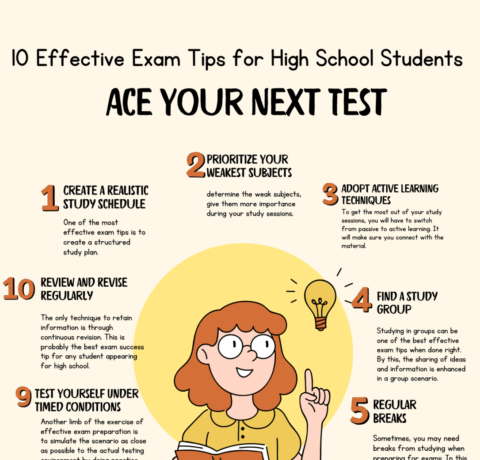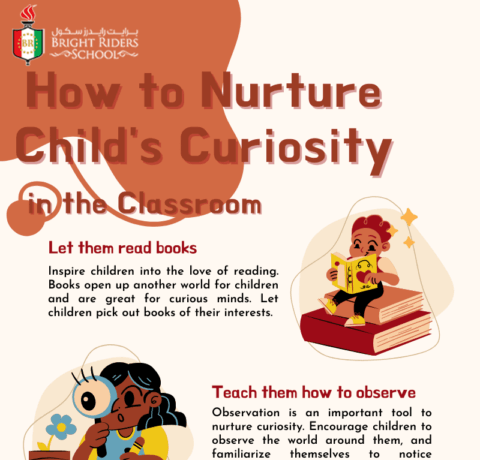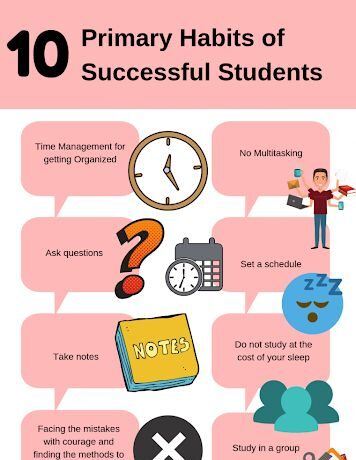Differentiated Instruction and Adaptive Learning Infographic
Differentiation means tailoring instruction to meet individual needs. There is a wide variety of reasons that make differentiated instruction a necessity in the teaching pedagogy. The Differentiated Instruction and Adaptive Learning Infographic provides an overview of what differentiated instruction is all about and sheds some light on key concepts related to this instructional method. It also shows ways new adaptive learning technology can help teachers differentiate their instruction.
Aims of Differentiated Instruction
Differentiated instruction aims to:
- inspire a love of learning
- increase engagement
- improve learning outcomes
- help students learn more efficiently and with deeper understanding
- increase self-awareness
Why Differentiated Instruction?
Classrooms are filled with students who:
- have differential needs
- come from different educational backgrounds
- have different attention spans
- have different language abilities
- have different cultural backgrounds
Differentiated Instruction in Schools
Hardworking teachers today are differentiating instruction according to factors such as:
- what they know already
- what they need to learn
- engagement level
- personal and course goals
- learning patterns
- strengths
- weaknesses
The process is beneficial to students but difficult and time-consuming for teachers. How many personalized course packets, projects, and reading lists can one teacher make?
Differentiated Instruction at Scale
Adaptive learning technology can augment teachers' work by:
- recommending which concepts to focus on with a learner or an entire class
- providing instructors, parents and learners themselves with information about their concept-level strengths and weaknesses
- determining how well different instruction and assessment content works for different students
- helping instructors zero in on learners who are struggling, inactive, or moving ahead
Technology enhanced differentiated instruction can be highly effective, ensuring that students are learning the most at any given point, freeing up more classroom time for:
- discussions and debates
- one-on-one coaching
- research and creative projects
- group work and collaboration
- metacognitive exercises
- labs and field trips
- cross disciplinary activities







You can adjust your cookie preferences here.